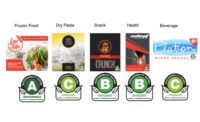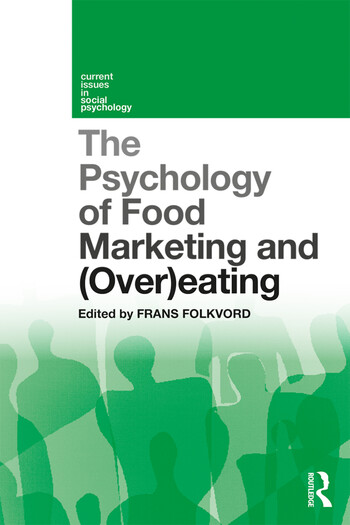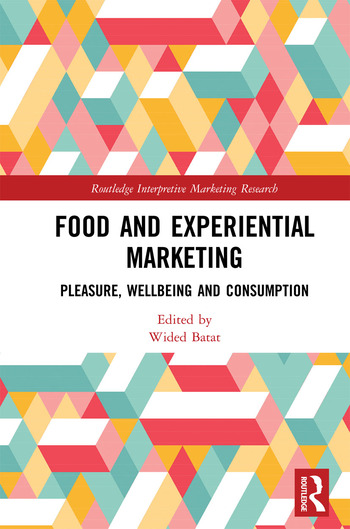2020 PREDICTIONS: PACKAGING
Packaging Trends for 2020: Less is More
Brand owners eye new ways to increase recyclability, use less packaging

Pizza Hut tested a pizza with plant-based meat toppings and a special round box. Not only does the round box contain less overall packaging but it’s also industrially compostable (where available) and interlocks easily to ensure a smoother delivery.
PHOTO COURTESY OF: PIZZA HUT (WWW.PIZZAHUT.COM)
Retailers, brands and their packaging partners are all under mounting pressure to help lower our environmental impact. For those of us with a passion for innovation, this is a great time to be in the design business.
Many brands and designers are meeting the challenge with innovations that reduce packaging and increase recyclability. Specifically, recycling that capitalizes on the efficient material recycling capabilities we currently have online and are widely available.

Check out our December 2019 issue for more food & beverage predictions!
Outside the Box
Consumers may not realize this, but the traditional pizza box is not recyclable. Grease contaminates the recycling stream and makes the pizza box an end-of-life package. Recycling centers routinely post signage that says, “No pizza boxes.”
Fortunately, there are numerous new ideas and innovations—some well publicized and others coming—to slice up this dynamic market.
This October saw a Pizza Hut restaurant in Phoenix introduce a new Garden Specialty Pizza topped with Incogmeato by MorningStar Farms Italian sausage. In conjunction, Pizza Hut partnered with Zume, a packaging materials supplier, to put the round pizza in a round box.
Not only does the round box contain less overall packaging compared to a typical square pizza box, but officials say it’s also industrially compostable (where available) and interlocks easily to ensure a smoother delivery. Pizza Hut reportedly will look at ways to roll the box out more widely in the near future.
Elsewhere, FORCEpkg, Lancaster, Pa., has worked with NewTwist LLC, St. Petersburg, Fla., to develop a collapsible and recyclable pizza box. The design contains a food grade, compostable/biodegradable liner that keeps grease and food by-products from absorbing into the pizza box. That way, the liner can simply be composted or thrown away.
The box is designed to fold flat for easier recycling and is marked with a NewTwist symbol that lets recyclers know this box is suitable for recycling.
Other aspects of the box structure have evolved as well. The front of the box has locking tabs that keep the box closed and a better venting system allows steam to escape, resulting in a better pizza experience at home.
eCommerce Evolves
Many eCommerce products often come with lot of extra packing materials, making them a heavy load for the environment. Although this case study does not involve food, FORCEpkg recently worked with Stoner Inc., Quarryville, Pa., to dramatically improve its Invisible Glass package targeted for eCommerce sales.
Stoner recently introduced a second generation of its Invisible Glass Reach & Clean Tool, which helps consumers better clean their glass. The original tool package was a welded plastic clamshell with printed card stock components inside. The plastic was perforated on the back to open, but it created sharp edges and the tool components were not easy to remove. Also, when it came time to ship the product, an additional box and packing materials were needed. The result was a “not so premium experience” for the consumer at home and lots of excess packing materials that ended up in the trash.
New packaging actually delivers a highly upgraded unboxing experience (think iPhone or MacBook Pro). Now, product components are organized in layers, resulting in a “controlled” product reveal. The inside tray organizes product components while other components act as the packing material. The package design is all corrugated (inside tray and outer box) without the need for any additional shipping box or packing materials.
The result is a single material recyclable package (made with recycled content) that functions as the “ships-in box” and in the end, delivers a better unboxing experience for the consumer.
Looking ahead, Walmart and other retailers have posted demands that packaging materials be fully recyclable in the next few years. Some are following Walmart’s lead and aiming for 2025.
Looking for a reprint of this article?
From high-res PDFs to custom plaques, order your copy today!








